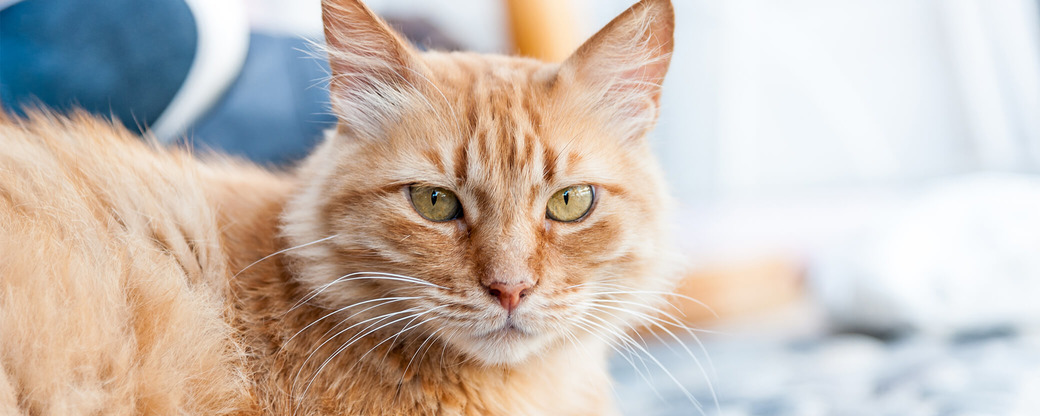Salmon oil
Salmon are particularly fatty fish and are a high-quality source of essential omega-3 fatty acids. In addition, the meat of salmon is one of the few foods that are naturally rich in vitamin D.
Essential fatty acids & high quality oils
With their supporting effect on various organ systems, the omega-3 fatty acids DHA (docosahexaenoic acid) and EPA (eicosapentaenoic acid) are essential nutrients. Furthermore, the fatty acids can have a positive influence on inflammatory processes. They can therefore help with wound healing processes after skin diseases. DHA and EPA are mainly found in high-quality salmon oil and other fish oils. Gamma-linolenic acid (GLA) is also one of the most important fatty acids. It makes a positive contribution to skin inflammation and is found in particular in plant sources such as borage oil and evening primrose oil.
Biotin
Biotin, a nutrient from the series of water-soluble B vitamins, is found in almost all tissue parts and organs of the cat. In particular, the liver, kidneys, heart, pancreas, lungs, brain and skeletal muscles need biotin to fulfil their individual tasks. Biotin is of central importance for cell division and cell growth and is therefore also involved in skin and hair metabolism. Furthermore, it contributes to the formation of keratin, an important component of skin and claws. In most natural foods, biotin is only present in very small amounts and can only be produced by the body itself to a minimal extent. The best natural biotin suppliers are yeasts, e.g. the common brewer's yeast. Eggs also contain comparatively large amounts of biotin. If your cat also likes eggs, however, make sure to feed them only cooked: raw eggs contain the protein avidin, which has the property of binding biotin and thus preventing its absorption in the body. This can even lead to a biotin deficiency.
Zinc
The trace element and coenzyme zinc plays an enormously important role in the body of most mammals. Numerous metabolic processes of the skin only function with a supply of zinc, especially when it comes to regenerative processes. An undersupply or deficiency of zinc is reflected in changes in the skin and coat. These may include lightening of the coat, local hair loss or cracked skin. Older cats may suffer from wound healing problems if not enough zinc is consumed or supplemented.
Make sure that your cat gets enough zinc with its food, especially during the six-monthly coat change. The demand increases strongly during this time. This also applies to other trace elements such as iodine and copper.
